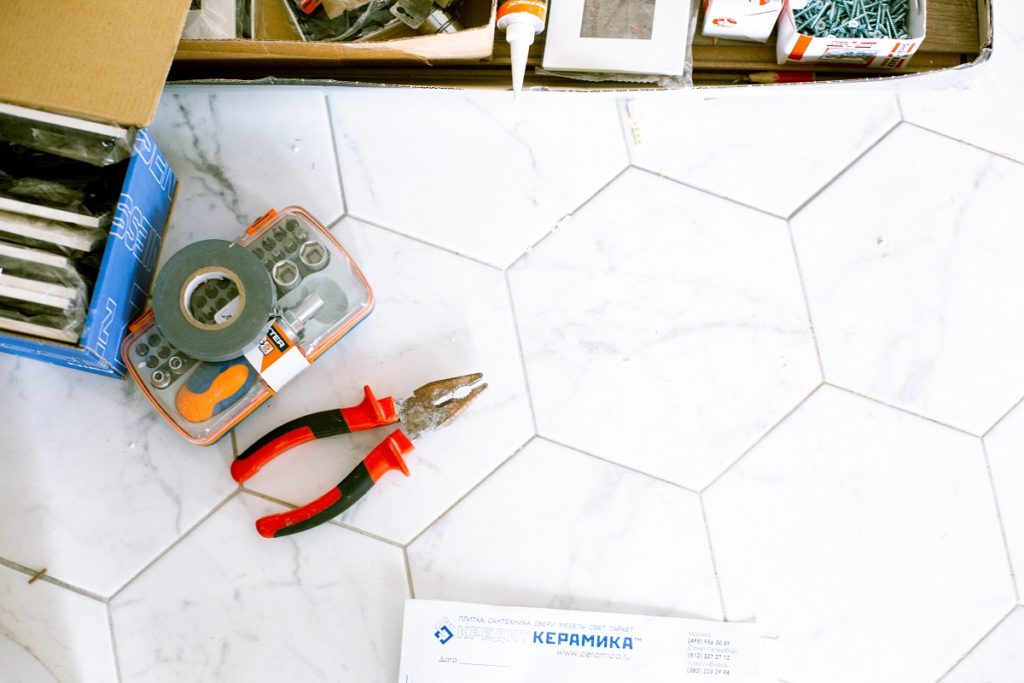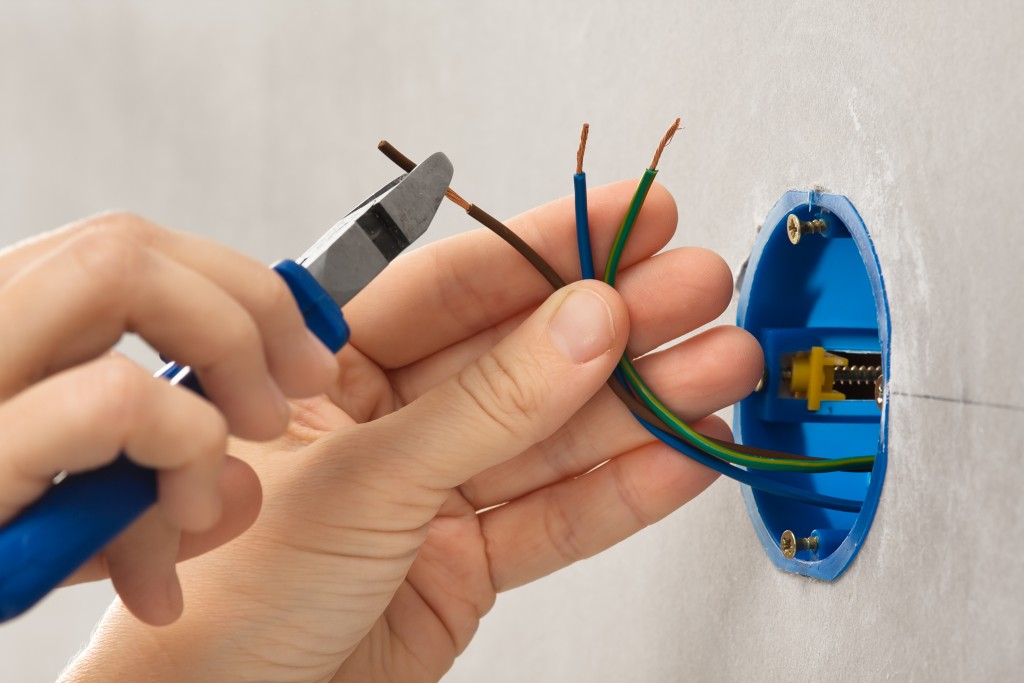In the past, only a few machines ran on electricity. Nowadays, however, virtually all industrial and residential devices rely on electricity for their operation. As such, electricians have become among the most sought after artisans worldwide. This has necessitated the use of tools to ease the installation of electrical wires and switchboards and get more work done with optimal results.
Most electricians assume that all they need is a din rail cutter from Australia to guarantee the efficacy of their tasks. Even so, you need quite a few tools to handle all the tasks related to the installation and repair of switchboards and electrical cables.
Here are the must-have tools you should have:
Strippers
Strippers remove the insulation of electrical cables so that they can make contact. The two types of wire strippers you can choose are manual and automatic strippers. The manual stripper comprises opposing scissor-like blades that have a nick in their middle for the placement of a cable for cutting. Rotation of the stripper around the cable will remove insulation while leaving the wire intact. Automatic strippers, on the other hand, have one side for removing the cable insulation while the other end grips the wire. Though they reduce the force applied for the removal of insulation, these strippers might break thin wires.
Cutters
Cutters are generally used when dealing with brass, aluminum, steel, and iron wires. Most wire cutters will have insulated handles that guarantee an electrician does not get shocked when working. Diagonal and symmetrical wire cutters are the most commonly used for electrical cables. Diagonal cutters comprise intersecting jaws that will cut wires at angles and leave flat tips. These are often called flush cutters since they will allow the cutting of a cable very close to its base. Symmetrical cutters will leave a pointed tip on the cut wires.
Pliers

These look like scissors in the sense that they comprise two levers that are connected at a fulcrum. They nonetheless have jaws rather than blades that will hold a cable when squeezed. Longnose pliers will suffice for bending wires in confined spaces and tasks that need precision. Cutting pliers will shear through nails and thick wires, while micro pliers will cut delicate constituents on circuit boards. Flat nose pliers feature rectangular, broad, and flat jaws that bend and hold wires. Their large surface area will ease the handling of cables.
Crimpers
Crimping is frequently used to attach a cable’s end to a connector. A crimper looks like pliers but will join two metal pieces or a metal piece to ductile materials. It twists one or both pieces, thus holding them together. Some wire crimpers are ratcheted. This means they will not release until the delivery of a threshold pressure. A few ratcheted crimpers have interchangeable dies. These allow the crimping of pieces with varying widths.
With the above tools, the optimal handling of all electrical connection is guaranteed. Always keep in mind that the wrong tool will not only affect your electrical installation but also put you at risk of electrical current injuries. To this end, always use the right tools for the task at hand.


